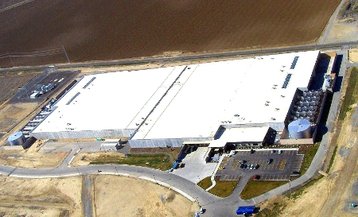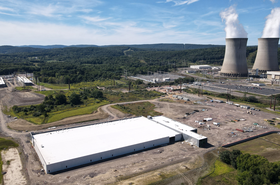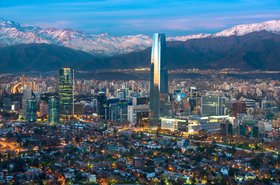Data center capacity in the Pacific Northwest could reach 4,000MW in the next five years, pushing the region’s power grid to its limits, a new report has warned.
The Northwest Power and Conservation Council, which covers the four US states in the region - covering Idaho, Montana, Oregon, and Washington - said more renewable energy sources would need to be brought online to avoid shortfalls in supply.
In the report, published earlier this month, the council looked at several scenarios for data center growth across the Pacific Northwest. It had previously estimated consumption by data centers would reach an annual 1,400MW by 2030, but the new report says that central scenario has changed.
“If projected efficiency improvements in data center operations are not realized, or if data centers expand in the region beyond current known plans, their power demand could increase significantly - to nearly 2,500 average MW by 2030,” it said.
Like many US regions, the Pacific Northwest has seen its data center market grow rapidly in recent years as more hyperscale facilities are built to meet soaring demand. The region’s relatively cool climate and large amounts of available hydropower, make it a popular location for operators; Amazon has a host of data centers in Oregon, while Microsoft has facilities in Quincy, Washington, and has purchased land in Malaga for a new campus.
As well as leaning on renewable sources, power companies supplying the region are converting coal-fired power plants to natural gas, which is slightly better for the environment than fossil fuels but still comes with a much larger carbon footprint than solar or hydropower.
The report says that, in its high-end scenario, data center power consumption could reach an annual 4,000MW, five times that of the city of Seattle. “If data center load growth will be in the higher range of the forecast, the region will have insufficient resources to maintain adequacy,” the report said.
While this would be unlikely to lead to widespread blackouts across the states, it would require emergency measures such as buying electricity at a high price from elsewhere.
Current power plans would be adequate to meet the central scenario described in the report, the council said. But it added that politicians in the region should consider the high-end scenario in future decision-making about expanding the power grid.
The impact of data centers on the region’s power grid was highlighted by Amazon’s plan to pump in natural gas to help supply its data centers in Oregon. It had planned to deploy natural gas fuel cells at three of its data centers in Morrow County. This would have supplied 24MW of additional energy to each data center, but would also have led to the facilities emitting the equivalent of 250,000 tons of carbon dioxide annually.
However, Amazon shelved the plan last month under pressure from environmental campaigners.







